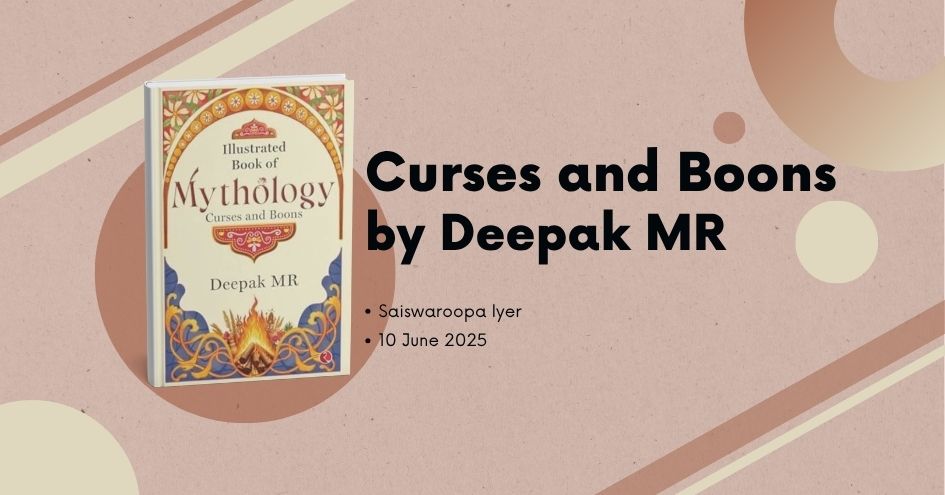
An engaging dialogue of karma, dharma, and the ancient logic of choice and consequence
In a literary landscape where Indian Purana Itihasa corpus often vacillates between devotional retellings and (over)imaginative reinterpretations, Curses and Boons by Deepak MR stands apart for its elegant simplicity and deep moral introspection. This collection of 56 crisp, thoughtfully curated anecdotes from the Ramayana, Mahabharata, and the Puranas invites the reader not just to revisit the epics but to reconsider them through the lens of choice and consequence, a framework as ancient as it is timeless.
The title itself primes the reader for a journey into that powerful duality that runs like a spine through our Itihasa: blessings that at times become burdens, and curses that sometimes can even catalyse cosmic design. But rather than moralise or sermonise, Deepak lets the stories speak for themselves, trusting in the intelligence and Indic conscious compass of the reader to connect the dots between karma and dharma, the action and the guiding principle behind it.
A Conceptual Contribution
At its core, Curses and Boons is not just a story collection. It is a gentle inquiry into causality, with the ancient stories as its navigating mechanism. Deepak’s selection of stories is not arbitrary; it is deliberately structured to trace the trajectory of key decisions made by mortals, sages, Gods, and asuras, and how the reactions—whether in the form of a curse or a boon—unfold across generations, sometimes even yugas.
Take the example of the first story in the collection, a well-known tale of Jaya and Vijaya, the gatekeepers of Vaikuntha. Their refusal to let the Brahma Manasaputras into Vaikuntha, leads to a curse that manifests across three lifetimes—culminating in their births as Hiranyakashipu and Hiranyaksha, Ravana and Kumbhakarna, and finally as Shishupala and Dantavakra. But is this truly a punishment, or is it a divine orchestration to enable Vishnu’s avatars—Varaha, Narasimha, Rama, and Krishna—to fulfil the respective cosmic roles?
My own eight-year-old daughter, after hearing out this first tale, asked a question that encapsulated the book’s underlying message: “Amma, because of Jaya and Vijaya, we have Narasimha, Rama and Krishna, right?” A single question, yet it touched upon the essence of this book—that not all curses are malevolent, and not all boons are unequivocal blessings. In that moment, the story became not just an anecdote, but a gateway to intergenerational, value-laden conversation.
Language that Welcomes All
What makes Deepak’s work especially commendable is his lucid, reader-friendly narrative style. Unlike many academic or poetic translations of mythological texts, Curses and Boons is accessible to readers of all ages, requiring no more than a surface-level familiarity with the Indian epics as often handed down by parents or grandparents. This stylistic choice makes the book an excellent bridge between generations—parents can read it aloud to children, and young readers can independently engage with it without feeling overwhelmed.
Deepak also avoids the trap of overwriting. His concise storytelling and dialogue-driven narration allows even complex stories to feel immediate and relatable. The language, while contemporary, doesn’t strip the stories of their gravitas or mysticism. Rather, it gives the daivika and the asurika a human dimension, which in turn makes their choices and consequences feel eerily relevant to our own lives.
The Dharma-Karma Convergence
One of the most striking achievements of this book is how clearly it establishes the tight coupling between dharma and karma. By compiling stories where actions—often impulsive, arrogant, compassionate, or dutiful—lead to karmic reactions in the form of blessings or curses, Deepak nudges the reader toward a nuanced moral compass characterised by Indic sensibilities.
The boons granted to Gandhari by Vyasa or the boon of conditional invincibility granted to Jayadratha by Lord Shiva are examples where blessings either become burdens or get weaponized by ego. On the other end of the spectrum, Karṇa’s curses—one from Parashurama for deceiving his guru, another from a Brahmin whose cow he mistakenly killed—reveal the heavy price of adharma masked as ambition or oversight.
This complexity of moral dimension is where the book shines. The reader is constantly engaged not just in the “what happened,” but also the “why it happened” and “what could have happened if...” The stories provoke ethical curiosity, a quality sorely needed in today’s world dominated by colonial black-and-white moral binaries.
A Tool for Value Education
More than anything, Curses and Boons is a powerful tool for inculcating dhaarmic discernment in younger audiences. Unlike moral science textbooks or philosophical discourses, these stories come alive with drama, stakes, and character. They do not preach. They allow space for dialogue, disagreement, and contemplation—which makes them excellent springboards for classroom discussions or bedtime reflections.
The book’s potential as an educational resource is tremendous. For parents, educators, and even corporate trainers interested in exploring Indian models of decision-making, this anthology offers a rich repository of case studies. One can easily imagine themed discussions around “Pride and its Fallout,” “Delayed Gratification,” “The Burden of Boons,” or “Duty vs. Desire.”
A Niche Well Claimed
Deepak’s emergence as a writer has been closely associated with Indic Academy’s efforts to revive and reframe the ancient wisdom traditions of Bharat through its series of anthologies. Through his contributions to the ever-expanding cosmos of modern Itihasa literature, he has already begun to carve out a niche that is intellectually respectful, spiritually resonant, and narratively vibrant.
A note should go towards the illustrations given across the book. Minimal and yet, aesthetically rooted, creating just the right amount of the feel of ancient India.
In many ways, Curses and Boons signals a maturation in this genre. It does not attempt to reimagine mythology in fantasy terms or retell it with forced modern parallels. Instead, it returns to the source material with curiosity and clarity, and presents it in a format that is palatable, memorable, and transformative.
Final Thoughts
Books like Curses and Boons serve as a reflection of the expanse of Itihasa Purana cosmos. They allow us to reacquaint ourselves with our civilizational stories, not as dusty legends but as mirrors to our own ethical dilemmas.
The anthology is not just a literary effort; it is a invitation for jignasa. One that asks us to look at each action we take, each word we utter, each promise we make or break, through the timeless twin lenses of Dharma and Karma. Because, as the stories so deftly show us, destiny isn’t handed down. It is sculpted, one choice at a time. Deepak MR who has written a range of books on the subject for a varied group of readers just knew the craft and recipe to drive the point.
Highly recommended—for families, teachers, independent spiritual seekers, and anyone who believes that stories still have the power to shape lives.
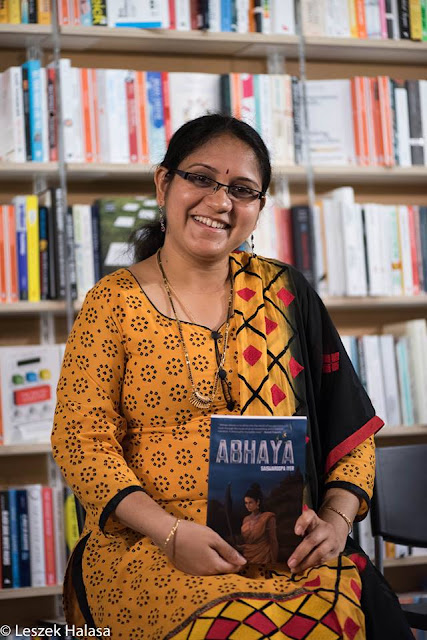 Saiswaroopa is a best selling author with a diverse background, holding an MBA from IIT Kharagpur and having previously worked as a venture capital analyst. Her interests span economics, Carnatic music, history, and Indian literature. A state-level gold medalist for rendering Annamacharya Kritis, she writes novels that explore Indian legends. Her debut novel, Abhaya, endorsed by author Amish Tripathi, delves into the legend of Narakasura. Her second book, Avishi, reimagines Rig Vedic India through the story of Vishpala, exploring concepts like ancient medicine and democracy. She is also the author of Daughter of Mura, a sequel to Abhaya.
Saiswaroopa is a best selling author with a diverse background, holding an MBA from IIT Kharagpur and having previously worked as a venture capital analyst. Her interests span economics, Carnatic music, history, and Indian literature. A state-level gold medalist for rendering Annamacharya Kritis, she writes novels that explore Indian legends. Her debut novel, Abhaya, endorsed by author Amish Tripathi, delves into the legend of Narakasura. Her second book, Avishi, reimagines Rig Vedic India through the story of Vishpala, exploring concepts like ancient medicine and democracy. She is also the author of Daughter of Mura, a sequel to Abhaya.
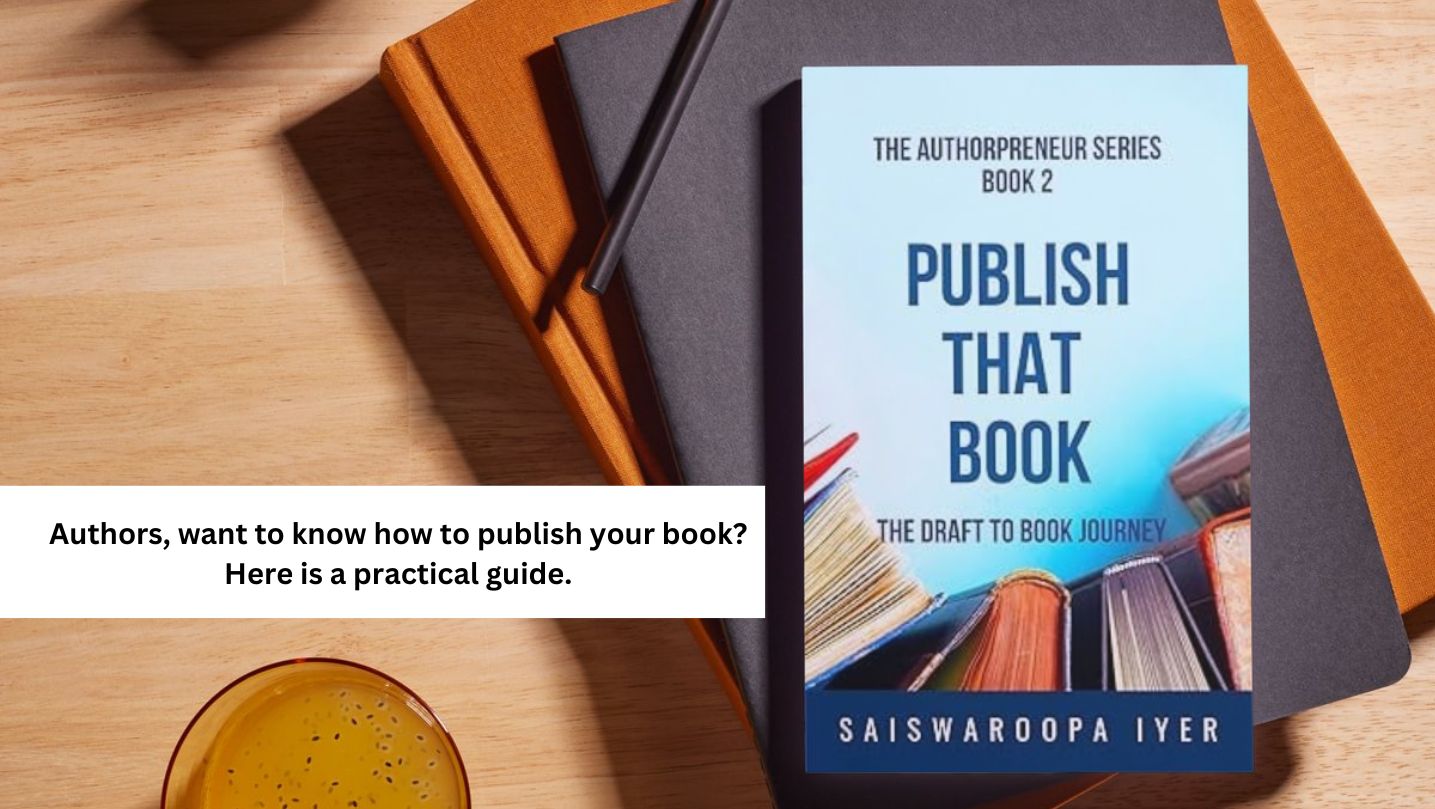
Saiswaroopa Iyer is an author who needs no introduction. She is one of the authors who pioneered Puranic fiction in India with books exploring tales f...
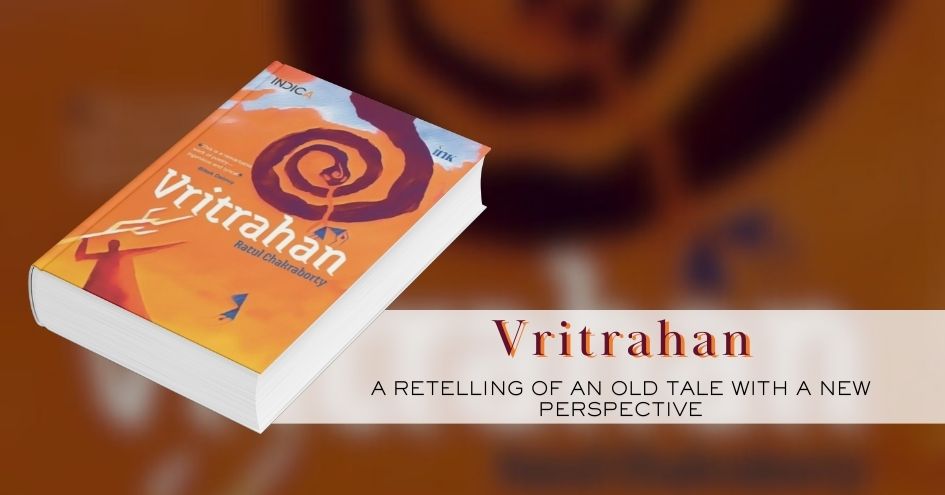
Indra killed Vritra using his Vajra. Once again, good won over evil and dharma over adharma. This is a story most Bharatiyas know. The story is a pa...
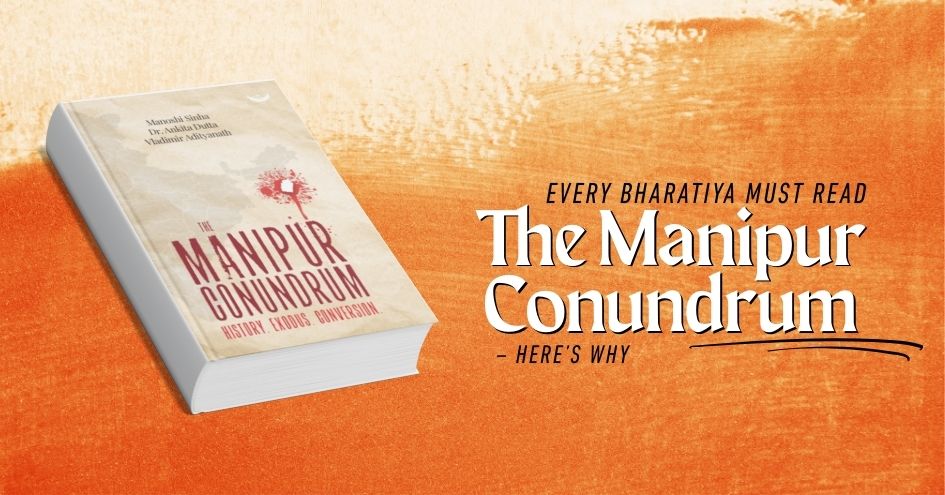
The recently-released book on Manipur titled The Manipur Conundrum – History. Exodus. Conversion. – is the result of tiring efforts by three Bharatiya...